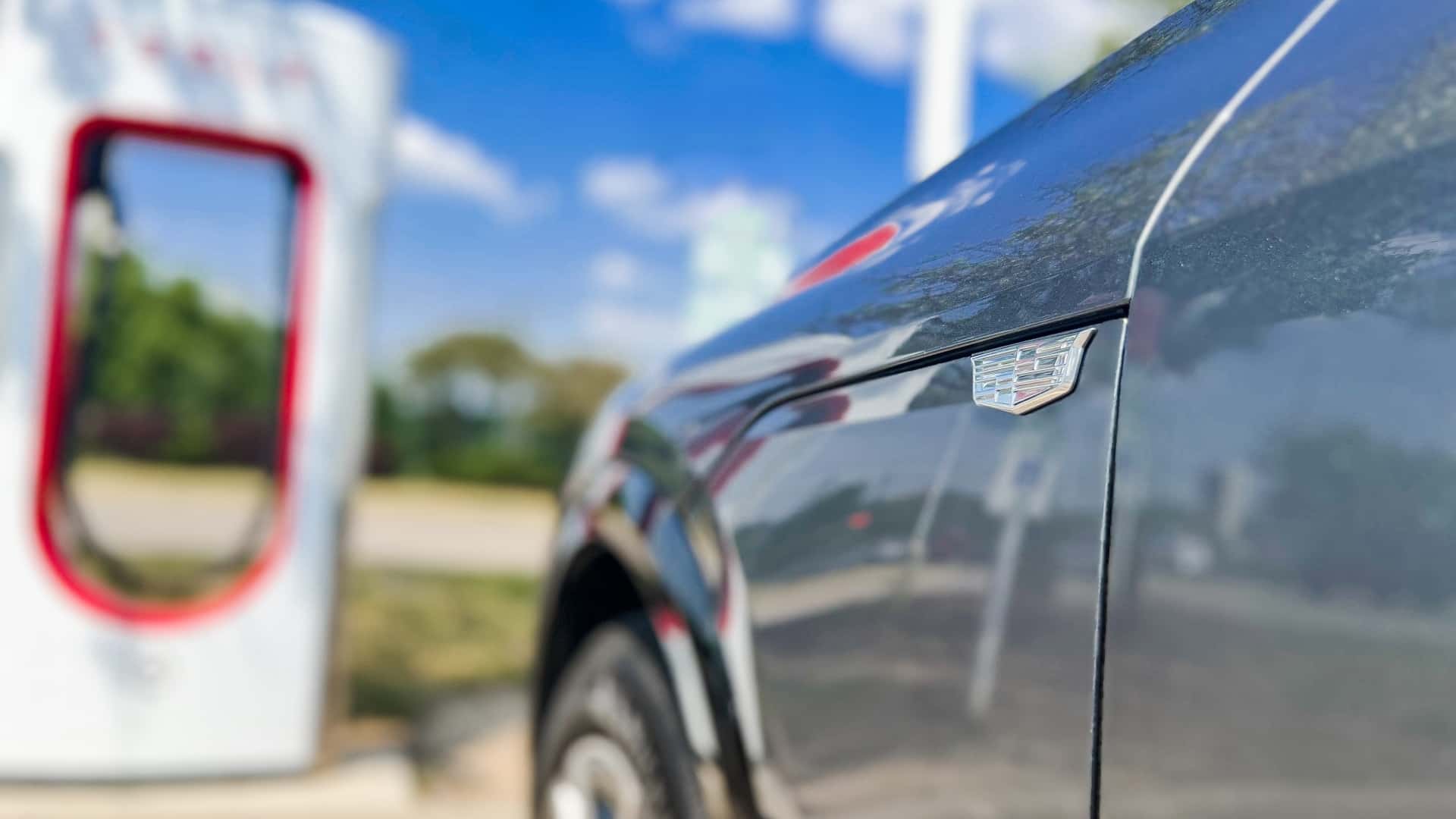
Tsunami-level waves are moving through North America, as General Motors follows Ford and switches from the Combined Charging System (CCS1) charging connector to the Tesla’s North American Charging Standard (NACS) charging connector.
The official announcement by GM and Tesla was released on June 8, 2023, pointing out that:
- The Tesla Supercharging network will be open to GM EV drivers, starting in 2024 (initially requiring a NACS to CCS1 adapter)
- GM will begin to integrate the NACS inlet in new EVs starting in 2025, for direct access to Tesla Superchargers without an adapter
- GM will also integrate the Tesla Supercharging network into its vehicle and mobile apps, helping drivers quickly and easily locate, pay for, and initiate charging at available Tesla Superchargers
- GM will also make (CCS1 to NACS) adapters available for drivers of NACS-enabled vehicles (just like Tesla does)
This move basically mirrors the recent agreement between Ford and Tesla, which annoyed the CCS alliance very much.
Tesla CEO Elon Musk is definitely happy to see that its NACS charging connector – initially proprietary and used only by Tesla, opened in November 2022 (or announced to be opened) – will spread through North America and literally become the North American charging standard for AC and DC charging, as the name indicates: North American Charging Standard.
CCS1 Death In North America
The main outcome for the electric vehicle industry in the United States (and in North America) is that the three companies – Tesla, Ford, and General Motors – basically killed the Combined Charging System (CCS1) charging connector within just two weeks (Ford’s announcement was released on May 25, 2023).
There is simply no way that the CCS1 will survive such a hit because soon, the vast majority of new all-electric cars on the market will be equipped with the NACS charging inlet.
As we already saw, during the first quarter of 2023, Tesla had a 60 percent share of new BEV sales in the US. Including an additional 7.7 percent for GM and 4.6 percent for Ford, this is over 72 percent or almost three-quarters of the market.
And one more note – this is actually not even the peak share, because GM is ramping up its Ultium-based models, while Ford had a slower quarter due to plant upgrades and a small recall. We can easily assume that they can go beyond 80 percent share later this year.
Since the largest automotive groups in the country, and the market leader in the BEV segment, joined forces on the NACS standard, the avalanche is underway. Other manufacturers are usually either too small, late to the party/not that interested in BEVs to fight for a plug standard, or even happy to see the change (Aptera, which has not yet started selling its EVs, would like to use NACS, for example).
Another thing is that the fast charging networks in North America have to equip their chargers with plugs that are compatible with the most popular electric cars (connectors). Having two sets – for CCS1 and NACS – increases costs, so they will gradually evolve towards NACS to serve the majority of BEVs natively (without adapters).
The transition period might take some time, probably more than 10 years, but the new infrastructure will very likely be designed with NACS in mind. Tesla too must prepare the taller V4 stalls, with longer cables to handle BEVs with various locations of charging inlets.
Tesla CEO Elon Musk responded to one of the tweets, enjoying this turn of events:
In another one, he joined one of Tesla’s enthusiasts by kind of celebrating the CCS funeral:
“Thank goodness! North America will have a way better connector for charging cars than rest of world.”
The best image to illustrate the article is this one, posted by James Pollock. Tesla, Ford, and General Motors basically killed CCS1.

